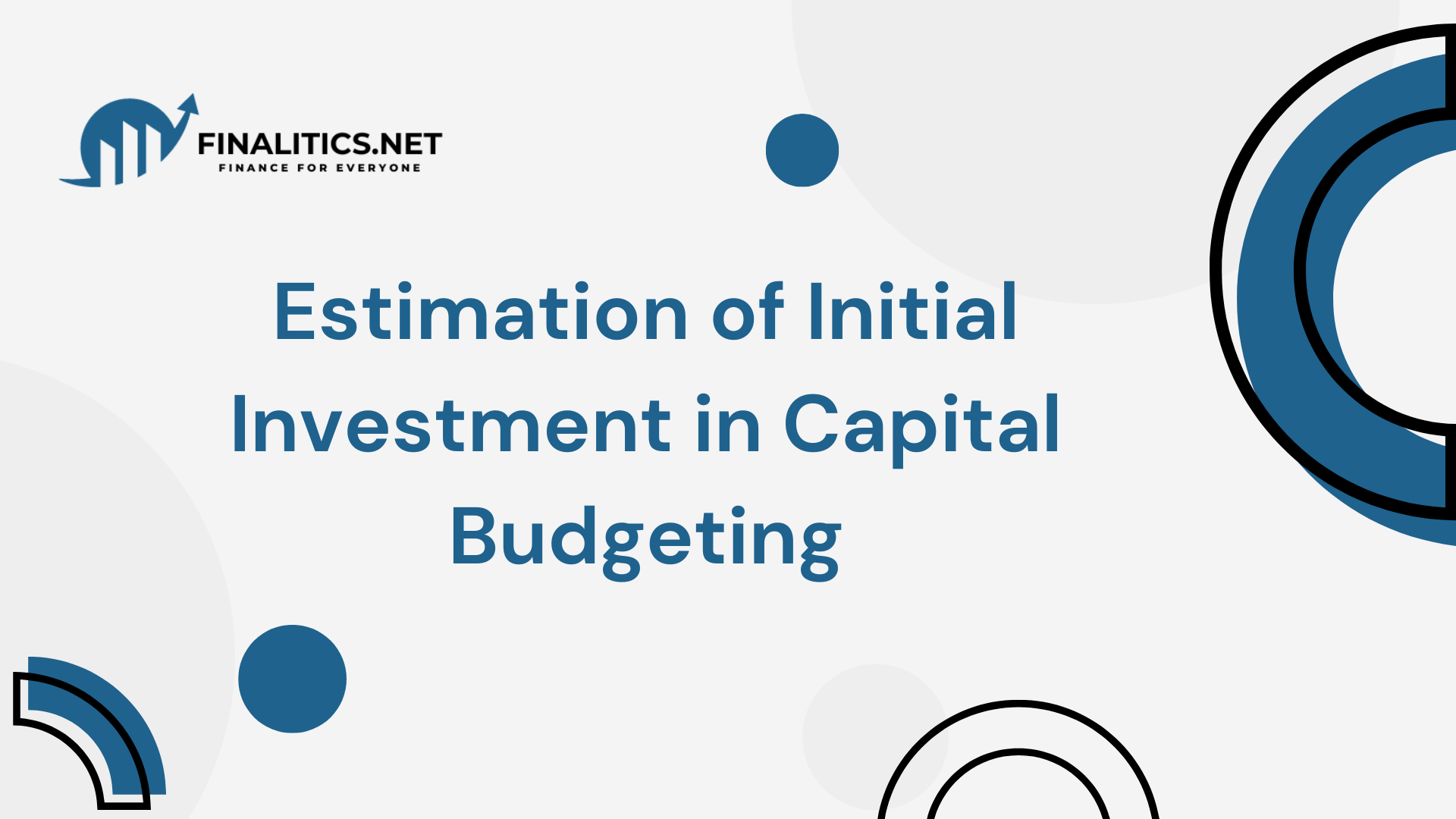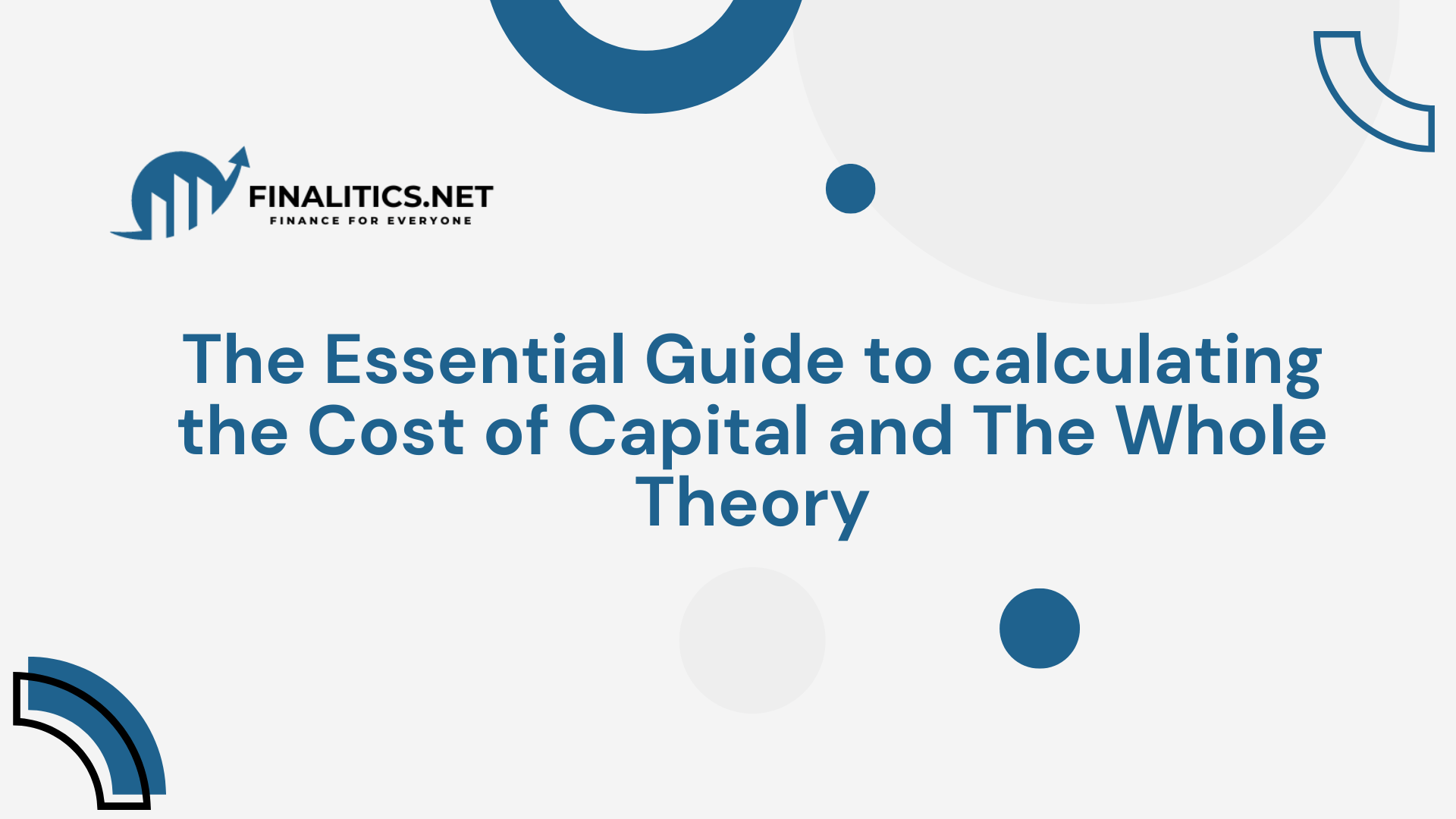In the world of business, creating value for customers while maintaining a competitive edge is essential. One of the most popular frameworks to understand how businesses achieve this is Michael Porter’s Value Chain Model. This article explains the concept in simple terms, provides examples, and offers insights on how businesses can use this model to their advantage. Let’s dive in!
What is Porter’s Value Chain Model?
Porter’s Value Chain Model is a strategic tool that helps businesses analyze their internal activities to determine how they can create value for customers. It categorizes these activities into Primary Activities (directly involved in creating and delivering a product or service) and Support Activities (indirectly supporting the primary activities).
The ultimate goal? To identify areas where the company can enhance efficiency, reduce costs, or offer unique value to gain a competitive advantage over rivals.
The Two Main Categories of the Value Chain
1. Primary Activities
These are the core functions that are directly involved in producing and delivering goods or services. They include:
a) Inbound Logistics
This stage focuses on receiving, storing, and managing raw materials and inputs required for production.
Example: Imagine a car manufacturing company. Inbound logistics involve receiving steel, tires, glass, and other components from suppliers and storing them until they are needed on the assembly line.
b) Operations
Operations involve the transformation of raw materials into finished products. This step is all about the production process.
Example: In a smartphone company, operations would include assembling components like screens, batteries, and processors to create the final product.
c) Outbound Logistics
Once the product is ready, outbound logistics handle its storage, distribution, and delivery to customers.
Example: For an eCommerce business like Amazon, outbound logistics include warehousing products and shipping them to customers using efficient delivery networks.
d) Marketing and Sales
This stage focuses on promoting products or services and persuading customers to make a purchase.
Example: A clothing brand might use social media advertising, influencer collaborations, and promotional discounts to attract buyers.
e) Service
This includes activities that enhance customer satisfaction after the purchase, such as installation, maintenance, or support.
Example: A software company offering 24/7 customer support and regular updates ensures users are satisfied with their product.
2. Support Activities
Support activities help primary activities run smoothly by providing essential infrastructure and resources.
a) Procurement
Procurement involves acquiring the inputs (e.g., materials, tools, and services) needed for operations.
Example: A bakery purchases flour, sugar, and baking equipment from suppliers.
b) Technology Development
This includes research and innovation to improve processes, products, or services.
Example: A smartphone company investing in better camera technology to create a competitive edge.
c) Human Resource Management
This activity manages the recruitment, training, and retention of employees.
Example: A hotel chain hires and trains staff to provide excellent customer service and maintain high standards.
d) Firm Infrastructure
This covers the company’s overall management, planning, and financial systems.
Example: The finance department ensures budgets are optimized, while the IT team maintains software systems.
How Does the Value Chain Create Competitive Advantage?
Every activity in the value chain contributes to delivering value to customers. By performing these activities more efficiently or effectively than competitors, a company can gain a competitive edge. Here’s how:
- Cost Leadership: Streamlining operations or negotiating better deals with suppliers to lower costs.
- Differentiation: Offering unique features, superior quality, or exceptional service.
- Focus on Core Strengths: Identifying and enhancing activities where the company excels.
Example: Apple’s Value Chain
Apple’s success lies in its mastery of the value chain:
- Inbound Logistics: Collaborates with top-tier suppliers to source high-quality components.
- Operations: Designs and assembles products with exceptional attention to detail.
- Outbound Logistics: Ensures timely delivery through efficient distribution networks.
- Marketing and Sales: Creates iconic ad campaigns (e.g., “Think Different”) that resonate with customers.
- Service: Offers AppleCare, providing customers with peace of mind.
Limitations of Porter’s Value Chain Model
While the Value Chain Model is a powerful tool, it has some limitations:
- Focuses on Existing Structures: The model is designed to improve current processes but doesn’t account for disruptive innovations or entirely new business models.
- Example: Netflix disrupted the DVD rental industry by introducing online streaming—something the traditional value chain couldn’t predict.
- Difficult to Quantify Some Activities: Support activities like human resources or technology development can be challenging to link directly to value creation.
- Not Always Customer-Centric: The model primarily focuses on internal processes, which might not fully align with evolving customer preferences.
How to Use Porter’s Value Chain Model
Here’s a step-by-step guide for businesses:
- Map Your Activities: Break down all primary and support activities in your organization.
- Analyze Costs and Value: Determine the cost of each activity and how much value it adds to the customer.
- Identify Weaknesses: Pinpoint areas where efficiency can be improved or costs reduced.
- Benchmark Competitors: Compare your value chain with competitors to find opportunities for differentiation.
- Implement Changes: Optimize activities to enhance value and reduce inefficiencies.
Conclusion
Porter’s Value Chain Model is an invaluable tool for businesses to understand how they create value and maintain a competitive edge. By analyzing both primary and support activities, companies can identify opportunities to improve efficiency, cut costs, and differentiate their offerings. However, businesses must also remain open to innovation and adaptability to stay relevant in a rapidly changing world.
Whether you’re a small startup or a global corporation, applying the value chain model can help you uncover hidden opportunities and drive sustainable growth.
If you’re looking to take your business strategy to the next level, start analyzing your value chain today!


